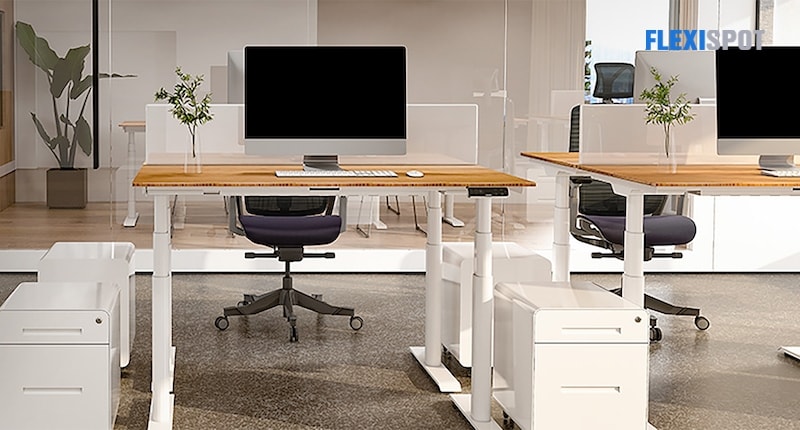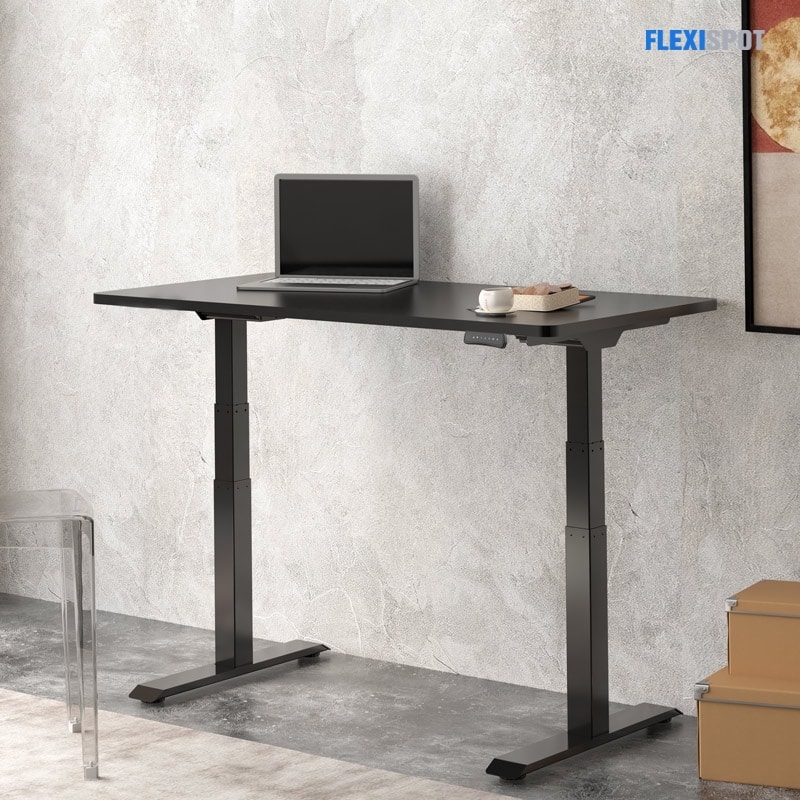Flexible workspaces are becoming more popular. According to several sources, since the COVID-19 epidemic swept the globe, remote labor has emerged as the pandemic's most enduring legacy.
However, as businesses gradually reopen, some employees are returning to the workplace. Nonetheless, remote working is here to stay, as evidenced by the emergence of the flexible working model.
However, it is crucial to highlight that a flexible working space does not merely entail the ability to work both onsite and remotely. It also entails deciding on the optimum work schedule for you, allowing staff to continue with regular duties whenever they feel more productive.
This article will explain the fundamental causes of flexible work arrangements so popular in recent years. Let us begin by answering a simple question: What does it mean to have a flexible workspace?
What is a Flexible Workspace, and How Does it Work?
The meaning of a flexible working place can be defined in a variety of ways. However, they all share a common concept: an office where employers may use various inventive desk configurations and have more flexibility with their schedules.
Flexible workspaces and hybrid working maybe two different terms but are interchanged. The primary distinction between the two is that the latter entails remote work, whereas the former does not (at least not necessarily). Many benefits of flexible workspaces have been demonstrated for both businesses and employees.
Businesses can explore various flexible work arrangements depending on their goals and the number of employees they have. Consider the following example:
Multiple desks are located in the same office area as hot-desking. People can reserve a desk once they come to work, so they are not locked in.
Office hoteling is a notion that improves on the concept of hot-desking. People can use it to "book" a specific desk in advance for a particular time, rather than when they arrive at work.
Open offices - Everyone works together in an open office, which has a flexible workspace design. As a result, all employees and departments work in a common area, with no preference given to anyone.
Collaborative coworking spaces - People who do not necessarily work for the same firm can share a coworking space. They have access to it 24 hours a day, seven days a week, and are still coworkers.
Furthermore, people have better schedule options in light of these unpredictable times, allowing them to have more flexibility in their employment. Consider the case of an employee who is only productive at night.
In that situation, a flexible working environment that allows people to work from home and on an ad hoc basis may be beneficial in terms of increasing their creativity and productivity.
Why is it that flexible workspaces are becoming increasingly popular?
This functional approach has become extremely popular in recent years for a variety of reasons. Although the current COVID-19 pandemic has hastened the popularity of remote working, it is not the only aspect to consider in determining why it has grown so popular.
Let us look at some of why flexible workplaces are generally regarded as the workforce's future.
1. Employees now expect their employers to assist them in balancing their personal and professional life.
It is no longer up to the employee to decide. Due to the significant limits imposed, many firms today consider the nine-to-five timetable to be outmoded. Furthermore, according to a Forbes article, 87 percent of employees expect their bosses to help them balance personal and professional obligations.
Employees now expect their employers to assist them in balancing their personal and professional life.
After all, most professionals strive for "work-life balance," which is nearly impossible to attain with strict schedules.
On the other hand, flexible workspaces allow employees to select where they want to work and when they want to work. They will feel more at ease while carrying out their everyday responsibilities, and the organization will profit as well.
2. Employees are now asserting themselves in their demands
Workplaces are continually developing to fit the demands of their employees, according to a survey.
Although there are other elements to consider, an aesthetically beautiful office environment appears to be one of the essential requirements of the workforce. According to the research, 61 percent of workers prefer to work in an aesthetically beautiful and comfortable environment.
Other findings from the same research include:
Approximately 39% of employees want specialized workspaces, ergonomic furniture, and offices from their company.
About half of the workforce, or 53%, considers the ability to work in various settings. According to the same report, this preference is on the rise.
25% of workers who seek a flexible work environment do not have access to such options.
While completing their daily tasks, 47 percent of employees cherish the sense of community that their workplace gives.
3. Flexible workspaces allow businesses and people to experiment with new ways of working
Certain working styles entail a high level of danger, which is not the case with flexible workspaces. Although any workforce finds change challenging, the transition appears less complicated in this specific working model.
There are distinct locations for the many sorts of work that the company must manage most of the time.
If necessary, some firms consider separating specific teams or the executive team from the rest of the company.
4. It improves visibility
Companies are now considering how their branding and identity represent their working methods. Your work style significantly impacts how your clients perceive you and how your staff views the company.
Some businesses place substantial importance on face-to-face interactions, reflecting in their office culture and flexible workplaces.
Conclusion
Many experts believe that flexible workspaces are the "workforce of the future." Flexible working spaces and hybrid working have become "the new normal" in the post-pandemic era, thanks to the growth of new forms of working.
As a result, more flexible opportunities are being considered by employees to increase their creativity and productivity.
It is critical to consider the benefits and drawbacks of the working model you intend to apply in your organization. Seek help through a company that has the right tools to help carry this work model.
FlexiSpot has created ergonomic items such as the Adjustable Standing Desk Pro Series and other standing desks. For quite some time, this company has been giving solutions to businesses that wish to "change" the way they work.



